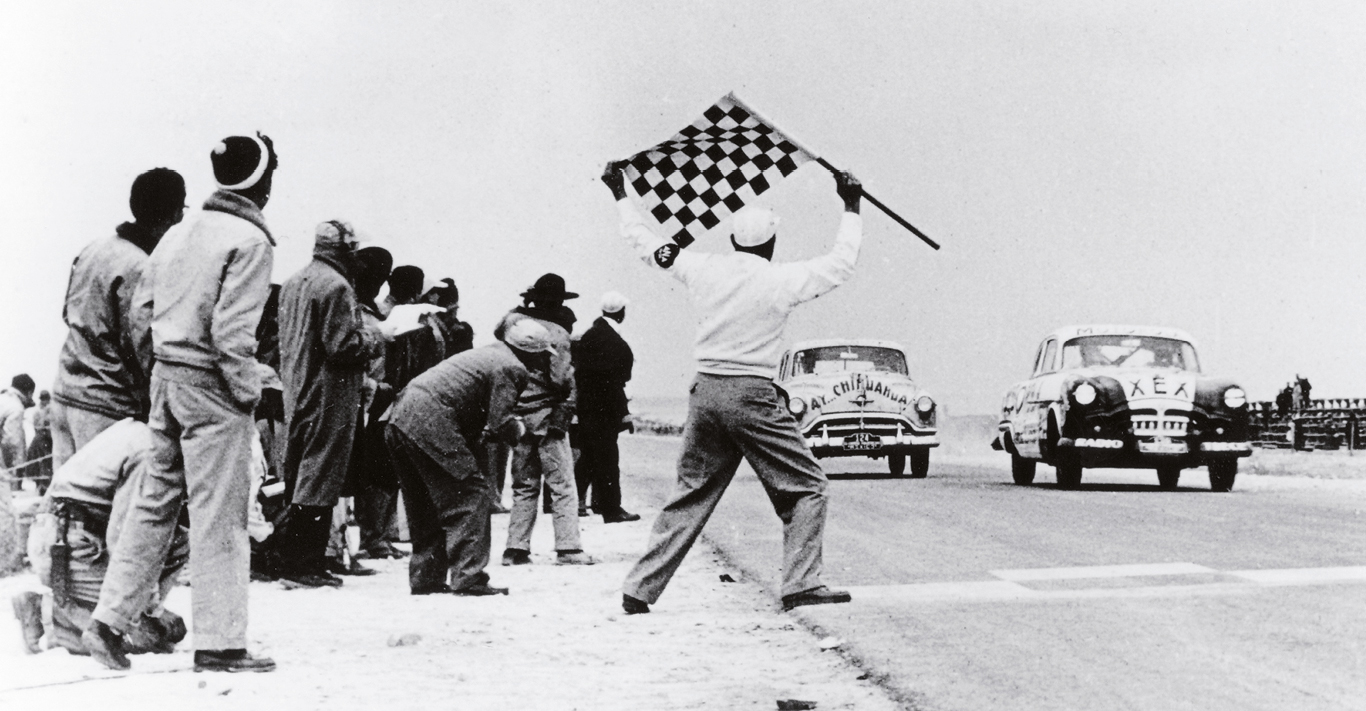WORDS
Gemma Billington
As the great-grandson of Edouard Heuer, and the fourth-generation of a family of prolific watchmakers, one could be forgiven for thinking that a young Jack Heuer’s path was clearly set out for him. But this wasn’t exactly the case.
Born in Bern, Switzerland, in 1932, Jack Heuer studied electrical engineering, mastering in production and management from Zurich’s prestigious Federal Institute of Technology. It was during his studies that he developed a passion for Modernism and the work of the movement’s most influential figures, such as Le Corbusier and Charles Eames. Graduating in 1957, he made plans to join a management consultancy in the United States but ended up working for the family business on a trial basis a year later. His background as an engineer gave him a unique perspective, different to that of his traditional watchmaking family. TAG Heuer today is recognised as one of the most innovative Swiss luxury watch manufacturers of the 21st century. And it was under the guidance of Jack Heuer that the company entered its most innovative and exciting decade, defined by the iconic TAG Heuer Carrera.
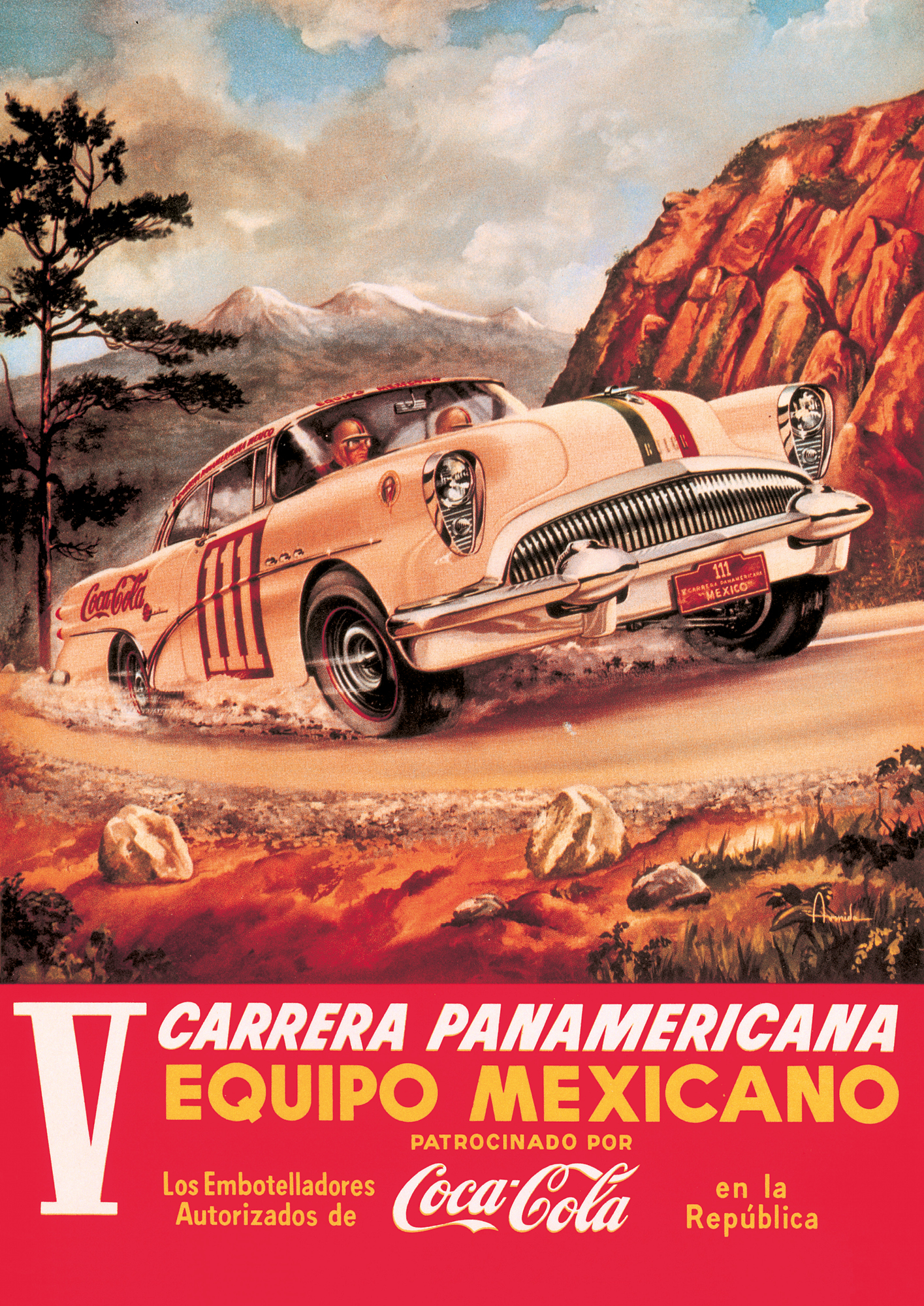
Jack made his mark on the company early on, having radically updated the Autavia stopwatch as a wrist worn chronograph — the changes inspired by a personal time reading mishap during a rally race. His most successful timepiece, likewise, was also born on the racetrack.
A keen motorist, Jack Heuer met the parents of Mexican Formula One racing brothers Pedro and Ricardo Rodriguez at the 12 Hours of Sebring race in 1962. The couple happened to bring up the Carrera Panamericana, one of the world’s most dangerous racing events, which had been banned a few years earlier. No doubt intrigued by the notorious race, it was the name ‘Carrera’ itself that sparked the young engineer’s imagination.
‘I loved not only [the word carrera’s] sexy sound but also its multiple meanings, which include road, race, course and career. All very much Heuer territory!’ Heuer wrote in his 2013 autobiography.
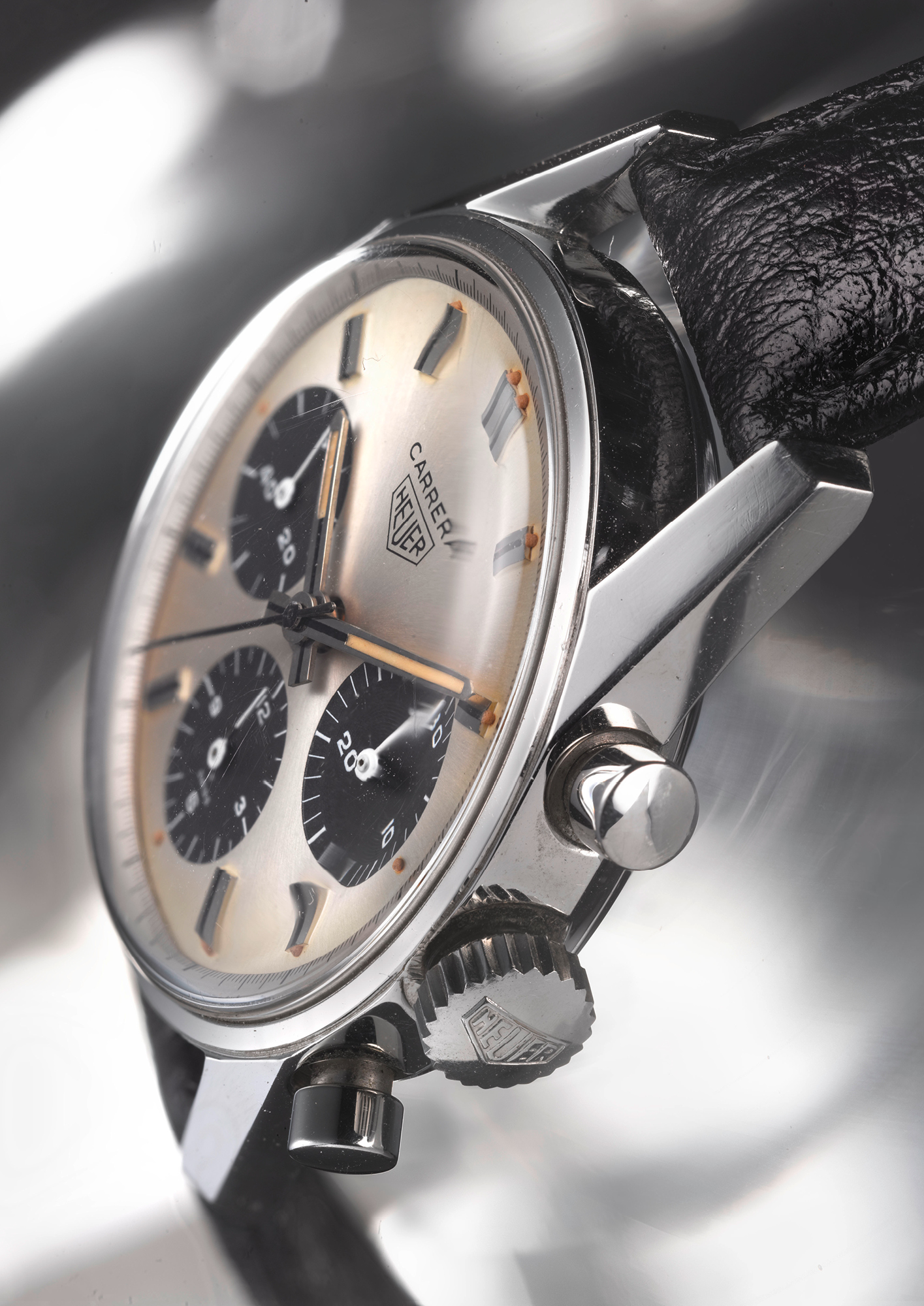
The word ‘carrera’, coupled with the prefix ‘TAG Heuer’ proved irresistible. So much so that he patented the name shortly after that fateful meeting in 1962.
The Swinging Sixties are recognised as the most innovative period of TAG Heuer’s 160-year history, and this is largely thanks to Jack Heuer’s vision and creativity. In 1963, a year after meeting the Rodriguez family, the TAG Heuer Carrera made its debut. Keen to capture the ‘romance and danger of racing’ in the new wrist-worn chronograph, Jack Heuer’s design focused on Modernist simplicity, with precision timekeeping at its core.
‘I wanted a dial that had a clear, clean design, and a new technical invention came to my aid,’ Jack Heuer wrote of the design. This invention came in the form of a steel tension ring that ‘fitted inside the crystal and kept it under tension against the surrounding steel case, thereby greatly increasing the degree of water resistance’.
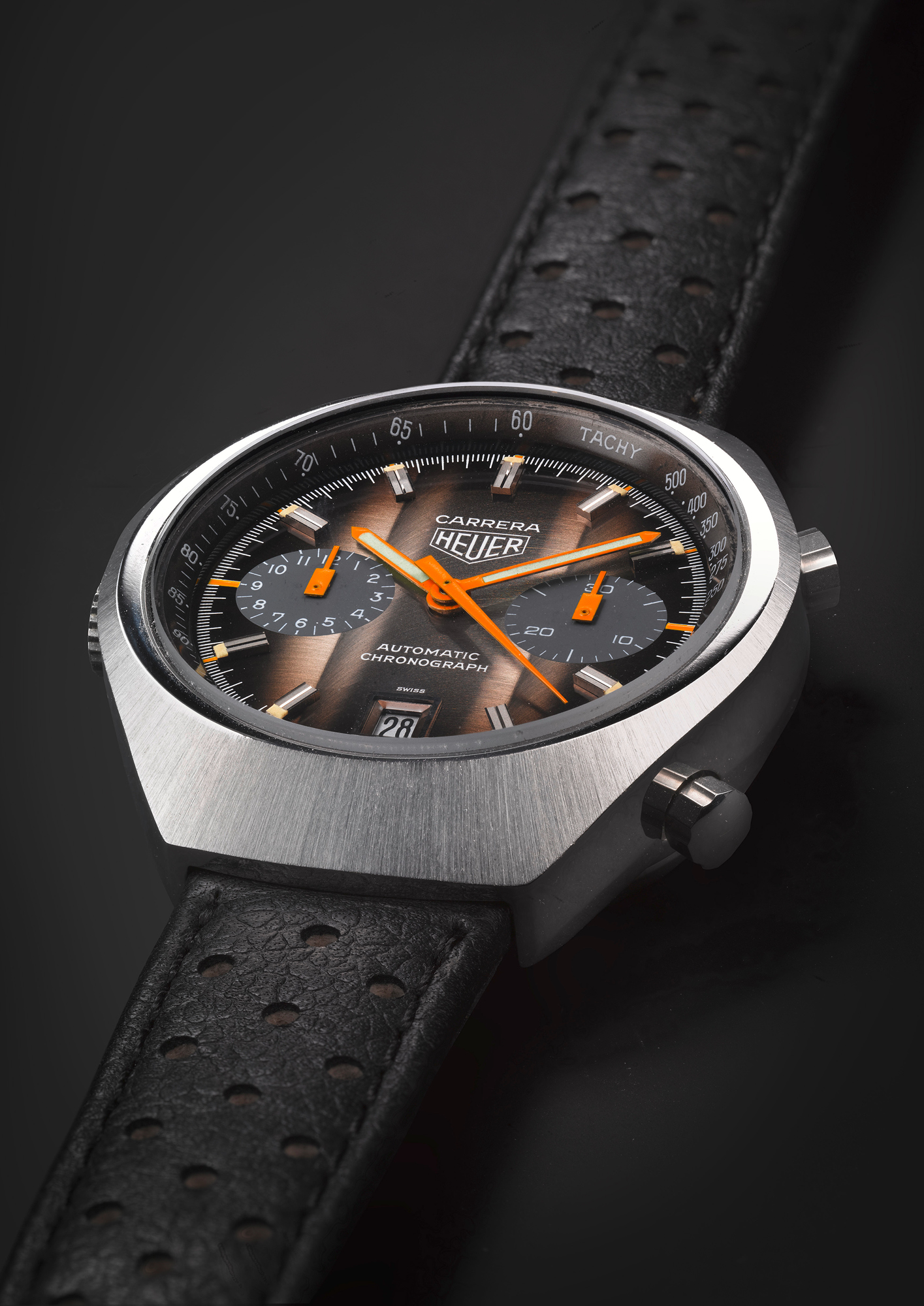
‘I decided to use the inside bevel of this tension ring to carry the markings measuring one-fifths of a second. In other words, the flat dial surface no longer had to carry these markings – they had now been shifted off onto the tension ring – and this was the secret behind the fresh, clean and uncluttered appearance of my first “Carrera”.’
The watch was an instant success, and marked a distinctive new direction for the brand. By the 1970s, the collection started to embrace the bold, abstract colours of the era while maintaining the aesthetic of the distinctive, uncluttered dial. It was at this time that the company formed a relationship with Ferrari, with each driver of the 1971 F1 team being gifted a solid gold Carrera with his name and blood type engraved on the back.
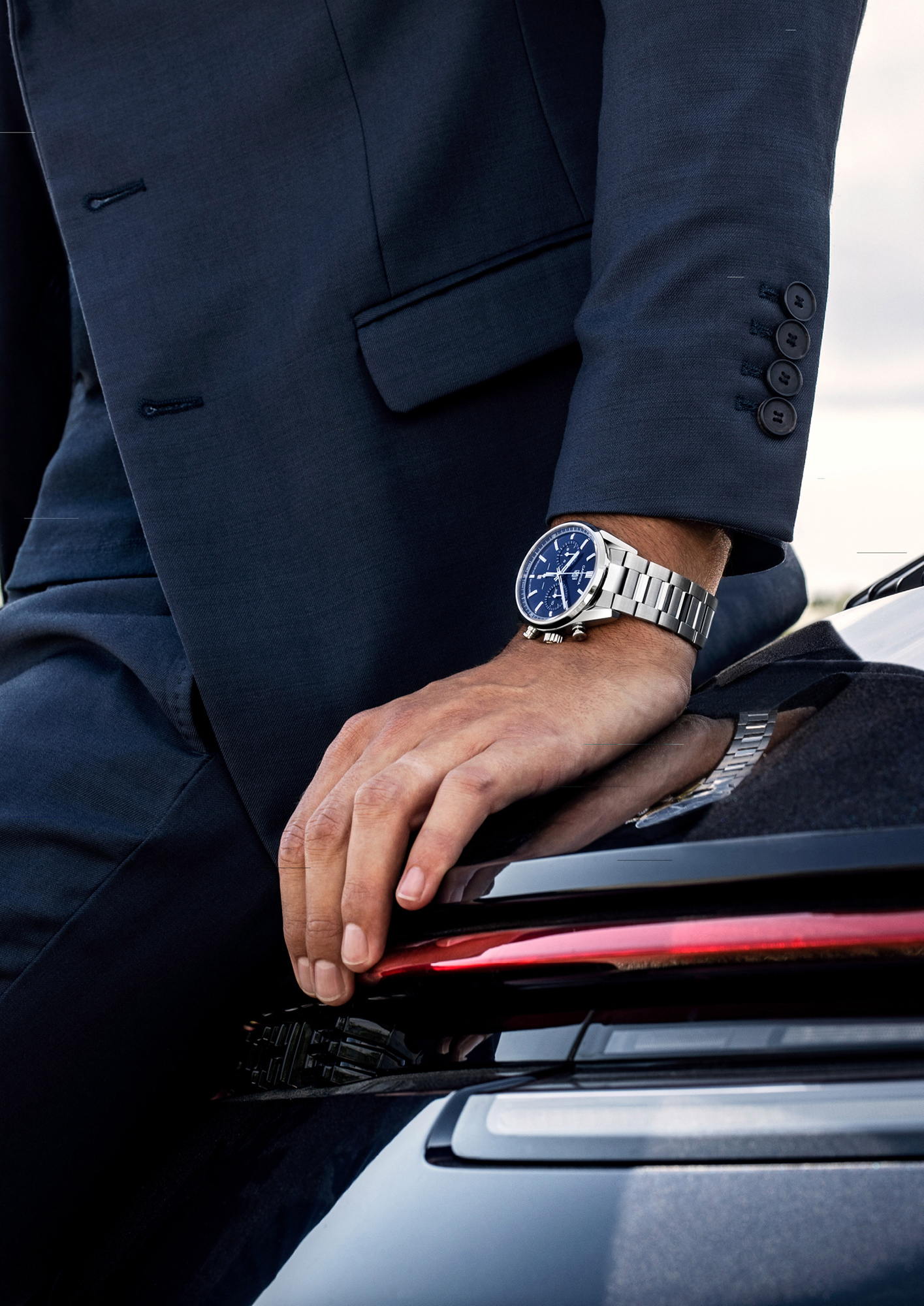
Nearly 60 years on, the TAG Heuer Carrera remains an indisputable icon of Swiss timekeeping. In September 2020, the latest iteration made its debut, commemorating the brand’s 160th anniversary. Four new chronographs bearing the Carrera name balance a modern, refined aesthetic that nevertheless harks back to the iconic model’s 1960s origins. The beating heart is the brand’s proprietary movement, the Calibre Heuer 02.
The TAG Heuer Carrera was a groundbreaking design at the time. Born on the racetrack, it continues to define and inspire the world of TAG Heuer today.
TAG Heuer Carrera, from £4,395; tagheuer.com

